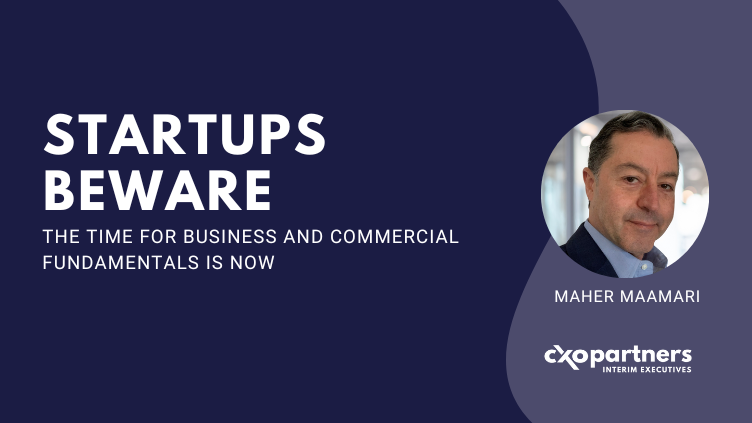The recent, well-publicized bank failures and rising #liquidity concerns have led many investors to demand that entrepreneurs return to commercial basics. Investors want to see a balance of technology, innovation, and vision with clear return on investment answers.
Data shows that 90% of startups fail within the first year, and 70% of #startups fail between years 2 and 5 – and that is in good years. A Globest survey of leading VCs was nothing less than chilling. Respondents said they believe more than four out of five, or 81%, of early-to-mid-stage startups will burn through their capital in less than 12 months. With the recent banking trauma and elevated concerns regarding the availability of capital and future loans, VCs are getting tighter with their investments, and expectations are that the capital spigot will be at least twice as hard to open.
Balancing Vision with Business Plans
As early-stage Entrepreneurs and mid-stage Founders/CEOs go for additional funding, Investors will look for well-articulated, balanced vision and #businessplans that take into consideration short-term and long term performance. Such plans should be centered around the voice of the customer validating the product and confirming the problem technology is solving is worth solving.
The plan should answer the ‘Show Me the Money’ demand and illustrate the path to financial results, growth, and profit margins. The good news is that such a balanced plan can be accomplished by leveraging internal and external resources. Subject matter knowledge and industry expertise are key to help define the market segment, as well as customers within the segment or segments.
Key Elements
As we live in a global world in which different markets ebb and flow, the analysis should not be solely focused on North America, but should include plans for key international geographies, and vice versa. It should also include #gotomarketstrategy and how to execute it. Commercial, financial, and sales operations KPIs and metrics will also have to be identified, codified, measured and tracked over time to ensure the plan and strategy are working, and what is required to maintain and sustain growth going forward.
These plans are living documents that should be part of the continuous business performance feedback look of a company. These documents will be ‘lighter’ initially for a very early-stage startup but should be more detailed and complete during the early-to-middle stage transition of a startup and company.
A Go-To-Market plan should cover:
- The target market segment or segments for the product,
- Buyers’ personas
- Value proposition
- Sales and marketing strategy
- Pricing Strategy.
This should lead to commercial metrics to measure and track the performance of the business and plans, in addition to key business financial metrics. Commercial and sales KPIs should include:
- Sales pipeline shape,
- Pipeline velocity
- Sales cycle length,
- Conversion rate,
- Pipeline coverage ratio,
- Win rate,
- Average deal size, and
- Sellers’ performance.
Looking Past Disruption
The entrepreneur’s ability to present disruptive and innovative solutions that will change how we work as consumers and businesses continue to have appeal to both investors and the public. Tightened lending and investment is not necessarily a bad thing. Warren Buffet said bad news is an investor’s friend that allows you to buy a slice of the future at a marked-down price. Indeed, times like these present the opportunity to invest in technologies at cents to the dollar.
But it is also important to balance the innovation, vision and purpose with a path to business performance and results, with revenue growth and margins as key outcomes. Paying attention to basic commercial and business fundamentals will help mitigate and prevent some of the early and mid-stage startup failures in today’s uncertain times and realities.
Bringing in an interim experienced executive from a firm like CXO Partners could be useful to guide a company through a period of transformation and need for growth. By bringing in an #interimexecutive, companies that do not have the resources or expertise to implement changes on their own can benefit from the experience and knowledge of a seasoned professional with different perspectives.
For more information visit CXO Partners and TechCXO pages or cxo.partners.

